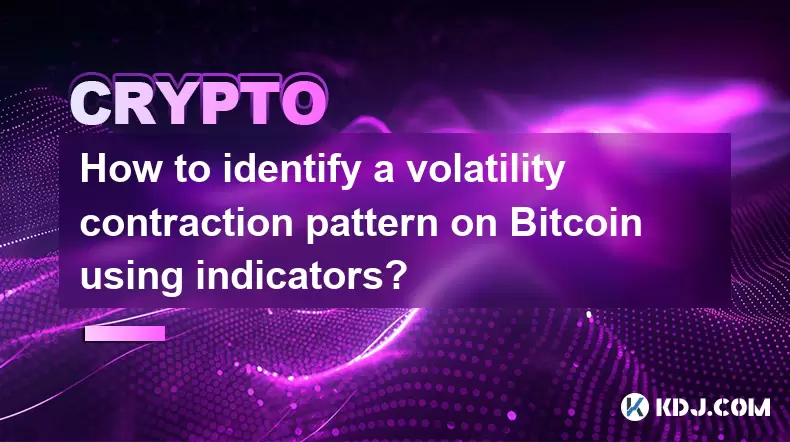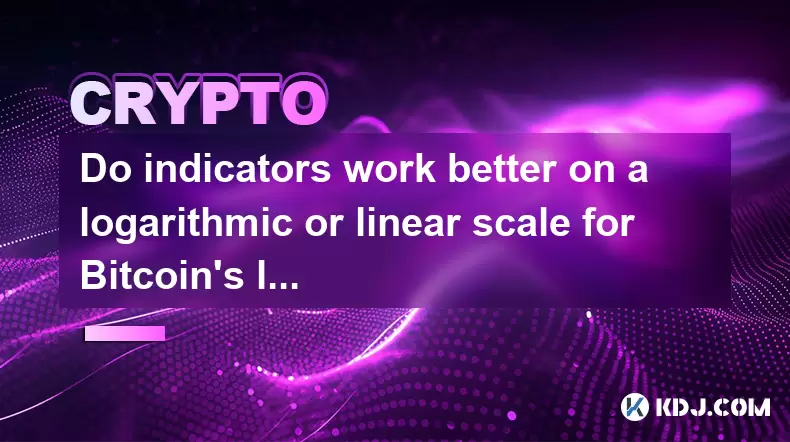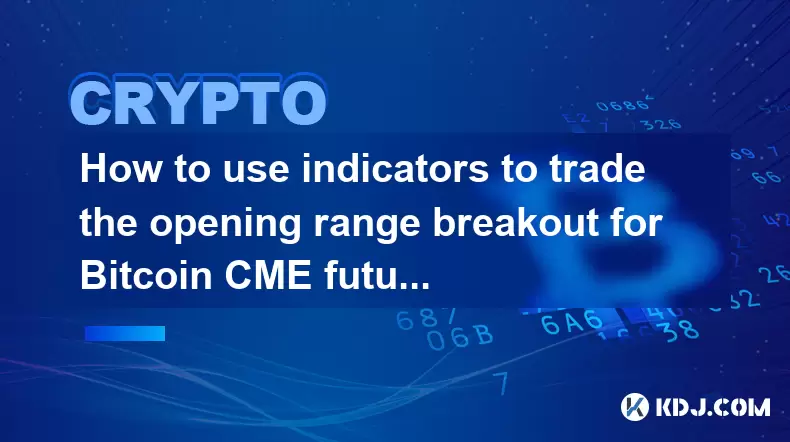-
 Bitcoin
Bitcoin $117900
0.31% -
 Ethereum
Ethereum $3766
0.28% -
 XRP
XRP $3.176
-0.31% -
 Tether USDt
Tether USDt $1.000
0.00% -
 BNB
BNB $795.6
1.51% -
 Solana
Solana $186.8
-1.09% -
 USDC
USDC $0.9999
-0.01% -
 Dogecoin
Dogecoin $0.2353
-1.33% -
 TRON
TRON $0.3226
1.49% -
 Cardano
Cardano $0.8172
-1.08% -
 Sui
Sui $4.178
3.06% -
 Hyperliquid
Hyperliquid $43.05
-3.39% -
 Stellar
Stellar $0.4367
-0.57% -
 Chainlink
Chainlink $18.62
1.47% -
 Hedera
Hedera $0.2828
6.63% -
 Bitcoin Cash
Bitcoin Cash $584.7
5.65% -
 Avalanche
Avalanche $24.81
2.53% -
 Litecoin
Litecoin $112.8
-0.88% -
 UNUS SED LEO
UNUS SED LEO $8.975
-0.08% -
 Shiba Inu
Shiba Inu $0.00001395
-1.07% -
 Toncoin
Toncoin $3.285
-1.05% -
 Ethena USDe
Ethena USDe $1.001
0.01% -
 Polkadot
Polkadot $4.123
0.76% -
 Uniswap
Uniswap $10.49
-0.18% -
 Monero
Monero $326.5
0.14% -
 Dai
Dai $0.9999
-0.02% -
 Bitget Token
Bitget Token $4.576
0.34% -
 Pepe
Pepe $0.00001247
-1.55% -
 Cronos
Cronos $0.1400
3.77% -
 Aave
Aave $295.1
-0.73%
BTC one-hour SAR stop loss and take profit teaching
Use Parabolic SAR on BTC 1-hour chart to set stop loss below dots in uptrends and above in downtrends, adjusting as price moves for risk management.
Jun 08, 2025 at 07:35 pm

Understanding the Parabolic SAR Indicator
The Parabolic SAR (Stop and Reverse) is a popular technical analysis tool used by traders to determine potential reversals in the price direction of an asset. In the context of Bitcoin (BTC), the one-hour chart can provide valuable insights into short-term price movements. The indicator appears as a series of dots either above or below the price chart, signaling potential entry and exit points for trades.
When the dots are below the price, it suggests an uptrend, indicating that it might be a good time to buy or hold. Conversely, when the dots are above the price, it indicates a downtrend, suggesting a potential sell or short opportunity. The Parabolic SAR is particularly useful for setting stop loss and take profit levels, which are crucial for managing risk and maximizing returns.
Setting Up the Parabolic SAR on a BTC One-Hour Chart
To effectively use the Parabolic SAR for setting stop loss and take profit levels on a one-hour BTC chart, you need to follow these steps:
- Choose a reliable trading platform: Ensure you are using a platform that supports the Parabolic SAR indicator. Popular platforms like TradingView, MetaTrader 4, and Binance offer this tool.
- Add the Parabolic SAR to your chart: Navigate to the indicators section of your chosen platform and select the Parabolic SAR. You can usually find it under the trend or oscillator category.
- Adjust the settings: The default settings for the Parabolic SAR are typically a step of 0.02 and a maximum of 0.2. These can be adjusted based on your trading strategy, but for beginners, the default settings are a good starting point.
- Analyze the chart: Once the indicator is added, you will see the dots appear on your one-hour BTC chart. Observe whether they are above or below the price to determine the current trend.
Setting Stop Loss Using the Parabolic SAR
Setting a stop loss is essential for managing risk in trading. With the Parabolic SAR, you can use the indicator's dots to determine where to place your stop loss. Here's how:
- Identify the current trend: If the dots are below the price, you are in an uptrend. If they are above, you are in a downtrend.
- Set the stop loss: In an uptrend, place your stop loss just below the most recent Parabolic SAR dot. In a downtrend, place it just above the most recent dot. This helps you exit the trade if the trend reverses.
- Adjust the stop loss: As the price moves in your favor, the Parabolic SAR dots will move closer to the price. You can adjust your stop loss to follow these dots, ensuring you lock in profits while still giving the trade room to breathe.
Setting Take Profit Using the Parabolic SAR
Take profit levels are equally important for securing gains. Here's how to use the Parabolic SAR to set your take profit:
- Identify the target price: In an uptrend, look for the next resistance level or a significant price point where you expect the price to reverse. In a downtrend, look for the next support level or a significant price point where you expect the price to reverse.
- Use the Parabolic SAR dots: If the price reaches your target but the Parabolic SAR dots are still indicating the current trend, you might want to wait for a confirmation of a trend reversal before taking profits. If the dots flip to the other side of the price, it's a strong signal to take profits.
- Adjust take profit levels: As the price moves, you can adjust your take profit levels based on new resistance or support levels identified by the Parabolic SAR dots.
Combining Parabolic SAR with Other Indicators
While the Parabolic SAR is a powerful tool on its own, combining it with other indicators can enhance your trading strategy. Here are some suggestions:
- Moving Averages: Use a simple moving average (SMA) or an exponential moving average (EMA) to confirm the trend indicated by the Parabolic SAR. If both indicators agree, it increases the likelihood of a successful trade.
- Relative Strength Index (RSI): The RSI can help you identify overbought or oversold conditions. If the Parabolic SAR signals a buy and the RSI is below 30, it could be a strong buy signal.
- MACD (Moving Average Convergence Divergence): The MACD can help you identify momentum shifts. If the Parabolic SAR and MACD both indicate a trend change, it can provide a more robust signal for entering or exiting trades.
Practical Example of Using Parabolic SAR on a BTC One-Hour Chart
Let's walk through a practical example of how to use the Parabolic SAR to set stop loss and take profit levels on a one-hour BTC chart:
- Initial Setup: You open your trading platform and add the Parabolic SAR to your one-hour BTC chart. The dots are below the price, indicating an uptrend.
- Entry Point: You decide to enter a long position at the current price of $30,000.
- Stop Loss: You set your stop loss just below the most recent Parabolic SAR dot, which is at $29,800.
- Take Profit: You identify a resistance level at $31,000 and set your take profit there.
- Monitoring the Trade: As the price moves, the Parabolic SAR dots move closer to the price. You adjust your stop loss to $30,200 to lock in some profits.
- Exit Strategy: The price reaches $31,000, and the Parabolic SAR dots remain below the price. You decide to hold for a potential further increase. However, when the dots flip above the price at $31,200, you take your profits at this level.
Frequently Asked Questions
Q1: Can the Parabolic SAR be used for long-term trading on BTC charts?
While the Parabolic SAR is commonly used on shorter time frames like the one-hour chart, it can also be applied to longer time frames. However, the settings may need to be adjusted to suit the longer-term trend analysis, and the indicator might not be as responsive to price movements on daily or weekly charts.
Q2: How does the Parabolic SAR perform during high volatility in the BTC market?
During periods of high volatility, the Parabolic SAR can generate more frequent signals, which might result in whipsaws or false signals. Traders should be cautious and consider using additional indicators to confirm signals during such times.
Q3: Is it possible to automate trading strategies using the Parabolic SAR on BTC charts?
Yes, many trading platforms and software allow for the automation of trading strategies, including those based on the Parabolic SAR. However, traders should thoroughly backtest their strategies and understand the risks associated with automated trading before implementing them.
Q4: How should I adjust the Parabolic SAR settings for different market conditions on BTC charts?
The default settings of the Parabolic SAR (step of 0.02 and maximum of 0.2) are suitable for most market conditions. However, in highly trending markets, you might want to increase the step to 0.03 or 0.04 to make the indicator more responsive. In choppy or sideways markets, decreasing the step to 0.01 can help reduce false signals.
Disclaimer:info@kdj.com
The information provided is not trading advice. kdj.com does not assume any responsibility for any investments made based on the information provided in this article. Cryptocurrencies are highly volatile and it is highly recommended that you invest with caution after thorough research!
If you believe that the content used on this website infringes your copyright, please contact us immediately (info@kdj.com) and we will delete it promptly.
- Ruvi AI: The Next Solana? Riding the AI Token Wave on CoinMarketCap
- 2025-07-28 00:50:16
- BlockDAG, Crypto Coin, XRP, ADA, and SUI: Navigating the 2025 Crypto Landscape
- 2025-07-28 00:30:16
- Riding the Bulls: ROI Tokens and the 2025 Momentum
- 2025-07-28 00:55:14
- Coinbase Wallet: Security, Reviews, and What's the Hype?
- 2025-07-28 00:30:16
- Crypto ETFs and Altcoins: Navigating the Wild West with Meme Coins and Tokenized Assets
- 2025-07-27 23:04:06
- Pi Coin in 2026: Will It Be Worth the Wait?
- 2025-07-27 23:10:12
Related knowledge

What is the significance of the 21-week EMA in a Bitcoin bull market?
Jul 10,2025 at 06:56pm
Understanding the 21-Week EMA in Cryptocurrency AnalysisThe 21-week Exponential Moving Average (EMA) is a technical indicator widely used by traders a...

How to identify a volatility contraction pattern on Bitcoin using indicators?
Jul 07,2025 at 07:28am
What is a Volatility Contraction Pattern in Bitcoin Trading?A volatility contraction pattern refers to a phase where the price movement of an asset, s...

Do indicators work better on a logarithmic or linear scale for Bitcoin's long-term chart?
Jul 08,2025 at 01:42pm
Understanding Chart Scales in Cryptocurrency TradingIn cryptocurrency trading, particularly for analyzing Bitcoin's long-term trends, chart scales pla...

What is the Woodies CCI indicator and can it be used for Bitcoin?
Jul 04,2025 at 05:14pm
Understanding the Woodies CCI IndicatorThe Woodies CCI indicator is a variation of the traditional Commodity Channel Index (CCI), which was originally...

How to use indicators to trade the opening range breakout for Bitcoin CME futures?
Jul 05,2025 at 07:35pm
What Is the Opening Range Breakout Strategy?The opening range breakout (ORB) strategy is a popular trading technique used in both traditional markets ...

How to use the Relative Vigor Index (RVI) for Bitcoin trading?
Jul 07,2025 at 02:00pm
Understanding the Relative Vigor Index (RVI)The Relative Vigor Index (RVI) is a technical analysis tool used to assess the strength of price movements...

What is the significance of the 21-week EMA in a Bitcoin bull market?
Jul 10,2025 at 06:56pm
Understanding the 21-Week EMA in Cryptocurrency AnalysisThe 21-week Exponential Moving Average (EMA) is a technical indicator widely used by traders a...

How to identify a volatility contraction pattern on Bitcoin using indicators?
Jul 07,2025 at 07:28am
What is a Volatility Contraction Pattern in Bitcoin Trading?A volatility contraction pattern refers to a phase where the price movement of an asset, s...

Do indicators work better on a logarithmic or linear scale for Bitcoin's long-term chart?
Jul 08,2025 at 01:42pm
Understanding Chart Scales in Cryptocurrency TradingIn cryptocurrency trading, particularly for analyzing Bitcoin's long-term trends, chart scales pla...

What is the Woodies CCI indicator and can it be used for Bitcoin?
Jul 04,2025 at 05:14pm
Understanding the Woodies CCI IndicatorThe Woodies CCI indicator is a variation of the traditional Commodity Channel Index (CCI), which was originally...

How to use indicators to trade the opening range breakout for Bitcoin CME futures?
Jul 05,2025 at 07:35pm
What Is the Opening Range Breakout Strategy?The opening range breakout (ORB) strategy is a popular trading technique used in both traditional markets ...

How to use the Relative Vigor Index (RVI) for Bitcoin trading?
Jul 07,2025 at 02:00pm
Understanding the Relative Vigor Index (RVI)The Relative Vigor Index (RVI) is a technical analysis tool used to assess the strength of price movements...
See all articles

























































































